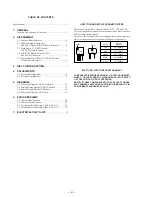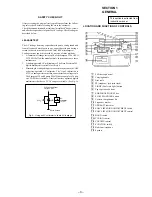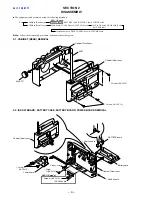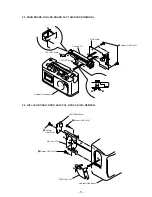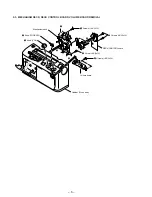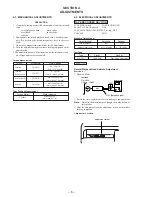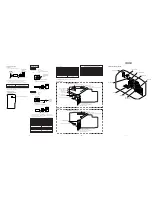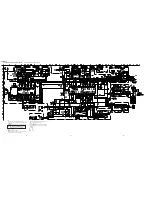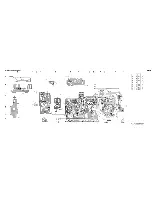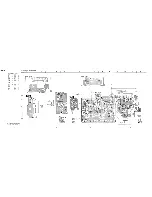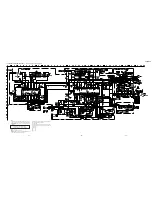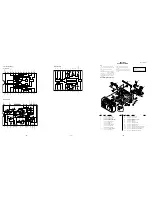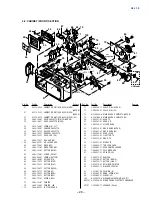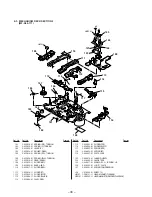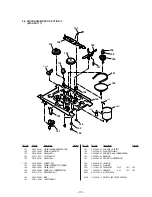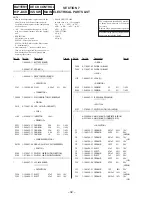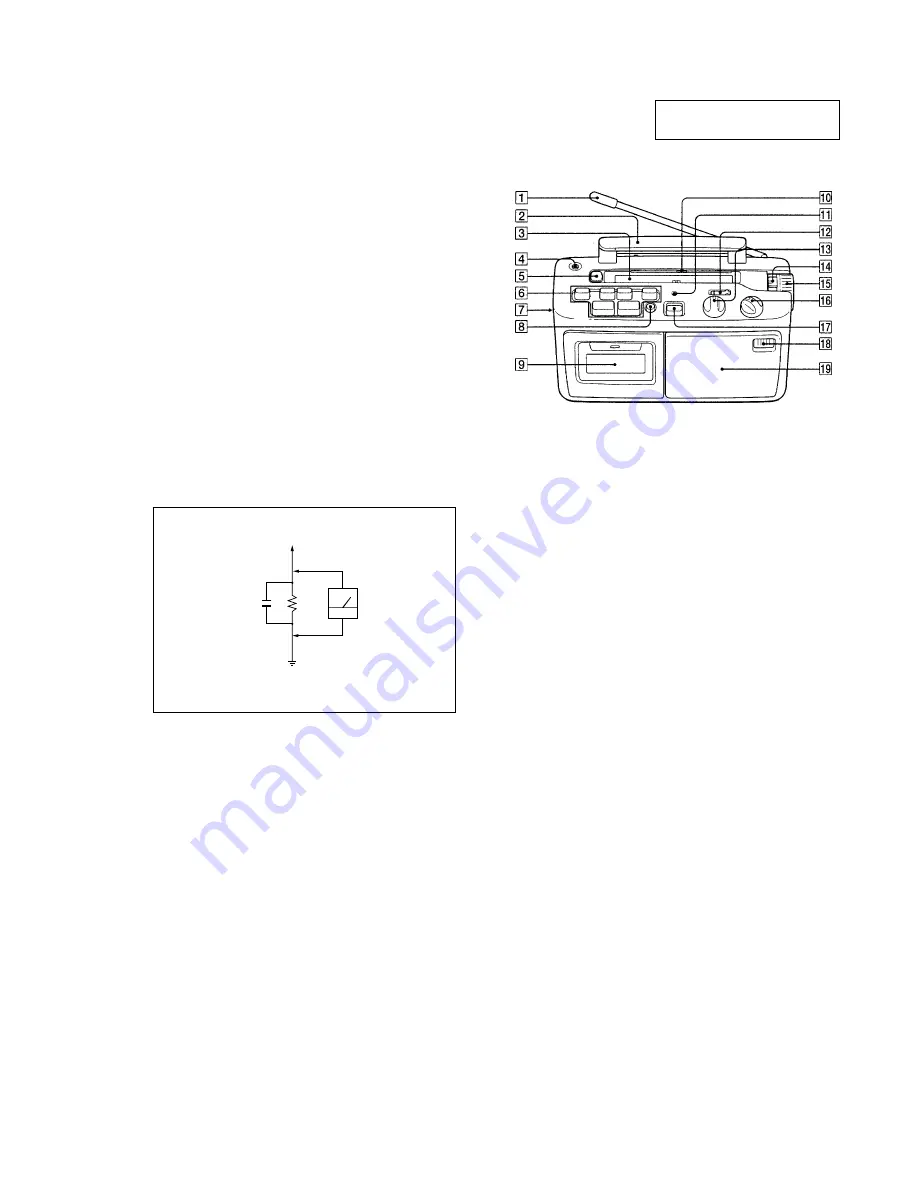
– 3 –
SECTION 1
GENERAL
LOCATION AND FUNCTION OF CONTROLS
This section is extracted from
instruction manual.
1
FM telescopic aerial
2
Carrying handle
3
Dial scale
4
@
(earphone) jack (mini jack)
5
LIGHT (Dial scale light) button
6
Tape operation buttons
7
EARPHONE POCKET box
8
SLOW PLAYBACK button
9
Cassette compartment lid
!º
Frequency marker
!¡
OPR/BATT indicator
!™
EASY LISTENING ADJUSTMENT switch
!£
EASY LISTENING ADJUSTMENT control
!¢
BAND switch
!
∞
TUNING control
!§
VOLUME control
!¶
FUNCTION switch
!•
Built-in microphone
!ª
Speaker
SAFETY CHECK-OUT
After correcting the original service problem, perform the follow-
ing safety check before releasing the set to the customer :
Check the antenna terminals, metal trim, “metallized” knobs, screws,
and all other exposed metal parts for AC leakage. Check leakage as
described below.
LEAKAGE TEST
The AC leakage from any exposed metal part to earth ground and
from all exposed metal parts to any exposed metal part having a
return to chassis, must not exceed 0.5mA (500 microampers).
Leakage current can be measured by any one of three methods.
1. A commercial leakage tester, such as the Simpson 229 or RCA
WT-540A. Follow the manufacturers’ instructions to use these
instruments.
2. A battery-operated AC milliammeter. The Data Precision 245
digital multimeter is suitable for this job.
3. Measuring the voltage drop across a resistor by means of a VOM
or battery-operated AC voltmeter. The “limit” indication is
0.75V, so analog meters must have an accurate low-voltage scale.
The Simpson 250 and Sanwa SH-63Trd are examples of a pas-
sive VOM that is suitable. Nearly all battery operated digital
multimeters that have a 2V AC range are suitable. (See Fig. A)
AC
voltmeter
(0.75V)
To Exposed Metal
Parts on Set
Earth Ground
0.15 F
µ
1.5k
Ω
Fig. A. Using an AC voltmeter to check AC leakage.


